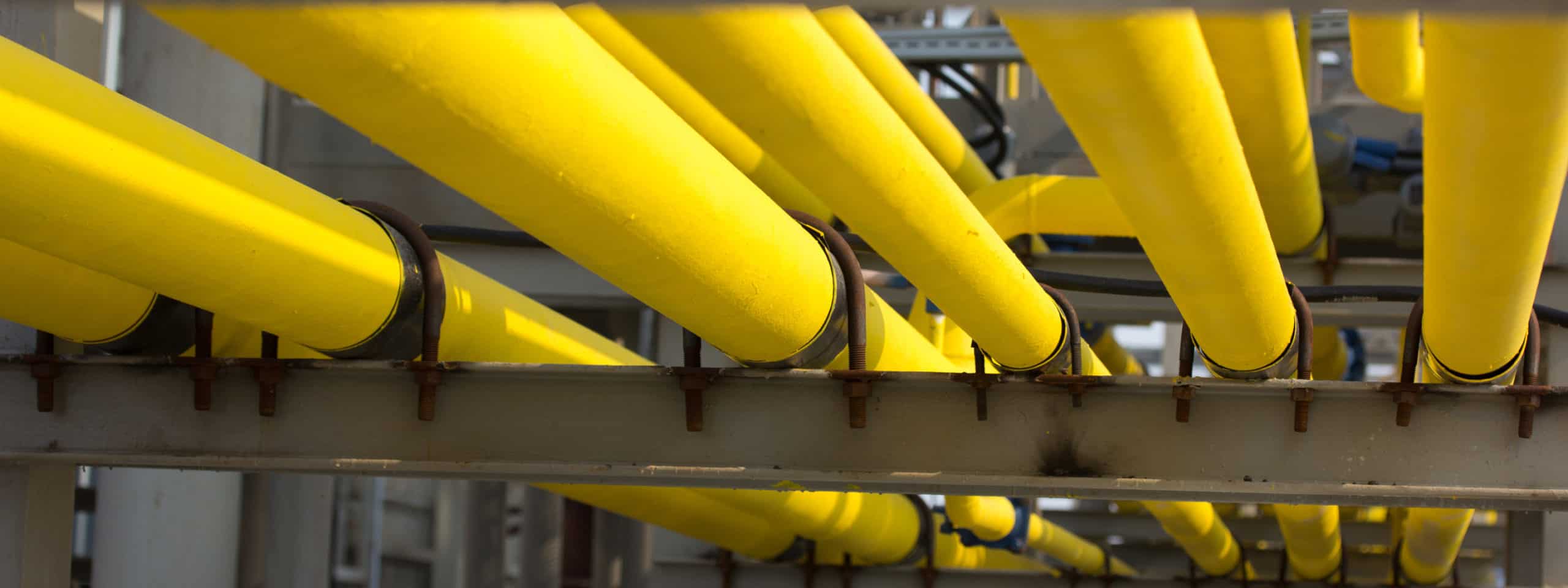CASE STUDY
OptaSense provides a more cost-effective solution for pipeline leak detection

Pengerang Co-generation Plant (PCP) and the Regasification Terminal 2 (RGT2) gas pipeline
Problem:
- Inefficient leak detection using conventional systems
- Costly active measurement systems required along entire pipeline
Solution:
- OptaSense Pipeline Leak Detection System
- Continuous measurement along length of pipeline
- OptaSense solution met all customer parameter requirements
Value Delivered:
- More cost-effective method for leak detection
- Same system can be used for TPI and pigging with minimum software requirements
- DAS now accepted as leak detection solution
Project Overview
OptaSense recently completed the first fiber-optic cable (FOC) leak detection system installation for PETRONAS Malaysia on a short (2km) spur gas pipeline.
The pipeline feeds the Pengerang Co-generation Plant (PCP) and the Regasification Terminal 2 (RGT2), which supply the primary gas requirements for the Pengerang Integrated Complex refinery and petrochemical plants
PETRONAS has traditionally used conventional mass balance leak detections solutions but had indicated that this solution was often ineffective where cases of insufficient completion. OptaSense experts recommended the use of a fiber-optic-based Distributed Acoustic Sensing (DAS) solution to for leak detection.
The OptaSense DAS solution has been proven to be more cost effective for leak detection that conventional detection solutions which would have required active measuring equipment along the pipeline. With the OptaSense solution in place, PETRONAS now has the option of using DAS for third party intrusion and pigging with minimum software cost requirements.
Solution
Following the installation of the system, extensive Site Acceptance Testing took place to demonstrate that the system had been correctly installed and was working appropriately within PETRONAS’ required parameters. A series of acceptance tests were performed with the OptaSense system successfully passing each test.
Based on the success of the acceptance testing, PETRONAS is now reviewing their internal pipeline leak detection system specifications and adopting fiber-optic distributed acoustic sensing as an accepted solution.
The successful installation has now opened the door for future opportunities with PETRONAS, who have several new long-range projects in the works, including 550km of pipeline in eastern Malaysia and 850km in western Malaysia.
For more information, please contact your OptaSense representative or visit optasense.com/pipeline-monitoring.

